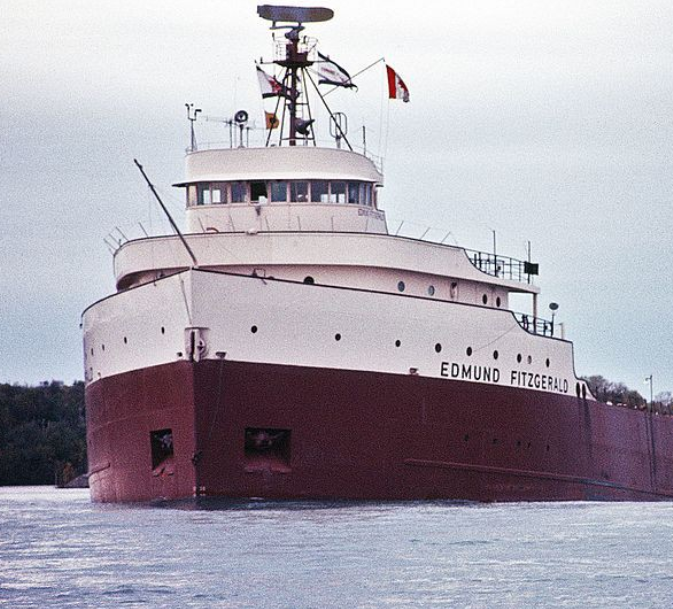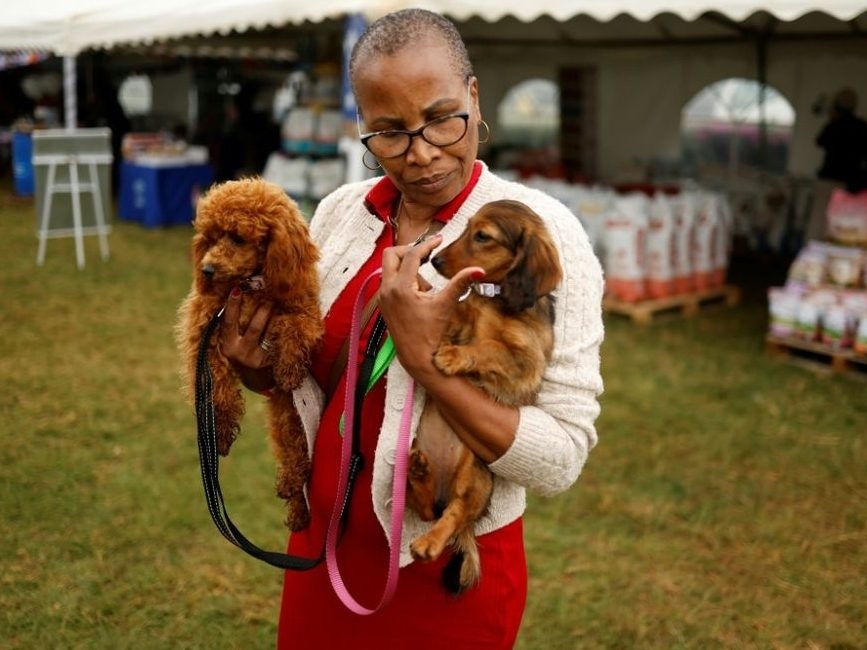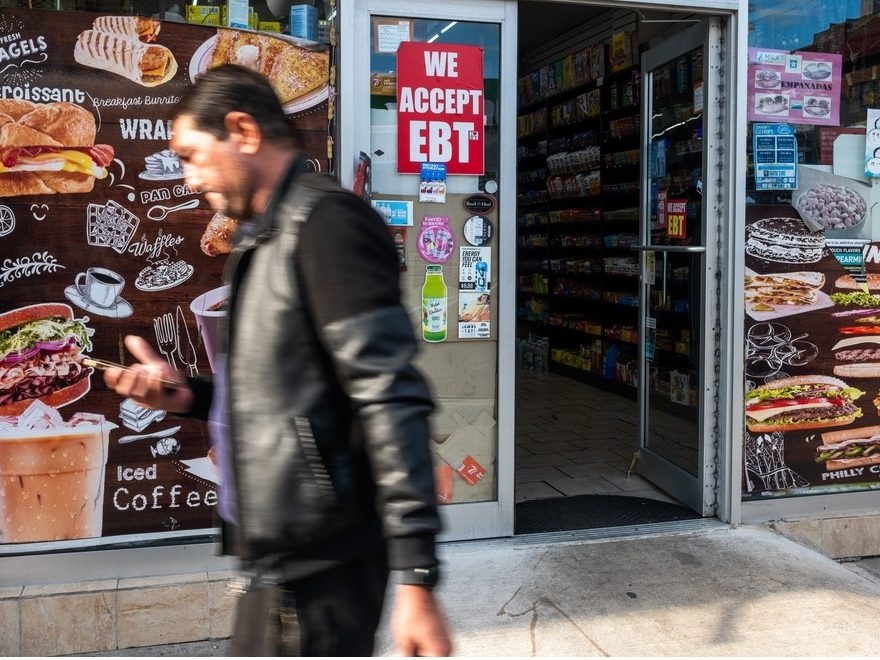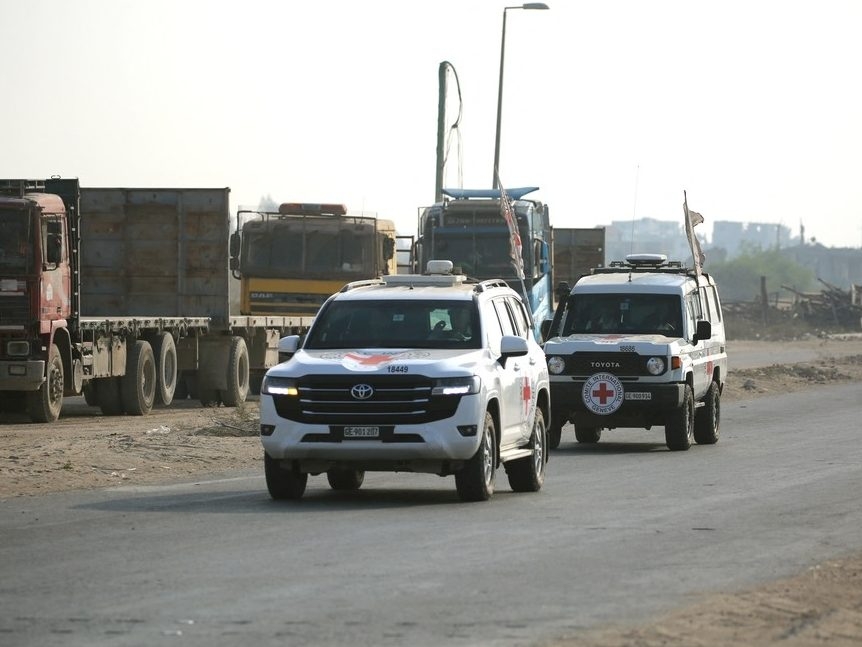Christopher Best loved the wild. He’d tell his family, with a reassuring tone, about the polar bears he photographed while working at a remote radar site in Nunavut. “They’re not close to us,” he’d say, dismissing their worry with a confident chuckle, a sentiment shared with his stepfather just hours before his life changed forever.
On August 8th, 2024, the 34-year-old ventured outside the installation on Brevoort Island, camera in hand. He’d been warned a bear was in the area, but believed it was a safe distance away. He walked past a stark warning sign, rounding the corner of a building, unaware of the hidden danger that awaited.
Surveillance footage revealed a terrifying reality. A second bear, unseen by Best, cut off his escape route, initiating a relentless charge. Before he could reach safety, the first bear joined the attack, turning a photographic opportunity into a desperate struggle for survival.

His mother, Shelly Cox, learned of the tragedy with a phone call in the early morning hours. “We were just in shock,” she recalled, the memory still raw with pain. The news shattered her world, leaving her sleepless and consumed by the need to understand what happened.
Brevoort Island was known for its bear activity. A problem bear had been killed there the previous year, repeatedly attempting to breach buildings. Despite this heightened risk, safety measures were, in retrospect, insufficient. Workers were even permitted to smoke indoors near an exhaust fan, a testament to the ever-present threat.
A colleague witnessed the horrific attack through a garage window, desperately yelling for a weapon. When none could be found, he raced to alert the wildlife monitor, who responded with a non-lethal bear-banger. The initial blast momentarily deterred the bears, but one returned, forcing the monitor to make a devastating choice.
The monitor fired a fatal shot, ending the immediate threat. Other employees secured the area, carefully loading Best’s body into a truck and bringing him inside. The silence that followed was deafening, a stark contrast to the chaos that had unfolded moments before.
Best’s background was as varied as his interests. He’d worked as a cleaner in Toronto, an assistant on the reality show “Alone,” and held several positions at North Warning System sites. He possessed a knack for computers, leading to his recent hiring for logistics work, though he was awaiting security clearance.
He’d even asked the wildlife monitor to be notified whenever bears were sighted, eager to capture more photographs. This seemingly harmless request, fueled by his passion, ultimately placed him in harm’s way. The photos he took, now a painful reminder, were later sent to his mother along with his belongings.
The incident marked the first fatality in seven decades of operation for the North Warning System and its predecessor, the DEW Line. An investigation has prompted proposals for improved safety protocols, including mandatory manager approval for after-hours excursions and public address system alerts when bears are present.
While Best had received polar bear awareness training, some documentation was missing. The report also suggests potential fencing improvements and acknowledges the presence of a grease trap scent near the attack site, though its impact remains uncertain.
Shelly Cox is determined to uncover every detail surrounding her son’s death. “I don’t care. I want to know everything,” she stated, her voice filled with unwavering resolve. She believes the tragedy was preventable and is committed to ensuring such a loss never happens again.





